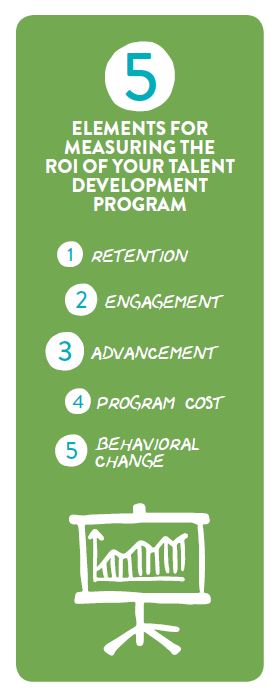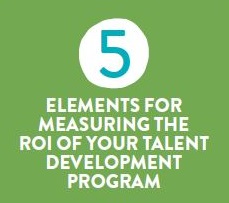 At Chronus, we believe in the value of talent development programs and are often called upon to help customers figure out the ROI of their mentoring and coaching programs. Therefore, we’ve excerpted a passage for you from our new ebook, “The ROI of Mentoring, Coaching, and Other Employee Development Programs” about employee retention.
At Chronus, we believe in the value of talent development programs and are often called upon to help customers figure out the ROI of their mentoring and coaching programs. Therefore, we’ve excerpted a passage for you from our new ebook, “The ROI of Mentoring, Coaching, and Other Employee Development Programs” about employee retention.
Feel free to download the entire ebook now.
Chapter 1: Introduction and Measuring Employee Retention
Top performing organizations invest in their employees. This fact is borne out by reviewing the list of best companies over the past few years. Whether it is Forbes’ “Best Companies to Work For” or Global Finance’s “Top Twenty-Five Companies to Watch,” Apple and Google top the list—both companies well known for valuing employee retention and development. But it doesn’t take the resources of these technology giants to reap immense gains from investing in developing high-potential employees, or as they are more descriptively termed, your organization’s talent.
There are a number of strategies for developing talent and most organizations engage in some of these activities. But effective organizations, what Bersin—a Deloitte research firm—terms high-impact learning organizations, invest in more than just the basics. They engage in focused development activities designed to advance individual and organizational performance. Some of the most effective activities are targeted mentoring and coaching.
In order to effectively evaluate the impact of your talent development initiatives, there are a number of factors to consider in measuring your organization’s return on investment (ROI):
• Employee retention
• Employee engagement
• Employee advancement
• Program cost
• Organizational behavioral change
Let’s start with employee retention. Attrition can be a significant cost to organizations. There are the hard costs associated with replacing an employee, the softer transition costs, and the even more difficult to quantify (but essential to consider) costs of long-term disruption to the organization’s talent pipeline.
An effective talent development program should increase retention of targeted employees. To measure the impact of increased retention or reduced attrition, multiply the organizational cost of replacing an employee by the overall change is attrition. Remember to segment the employee population in order to evaluate the change relative to the targeted population within a talent development program.

That’s it for today on the blog. If you’d like to read the entire ebook, please click the button below to download it now.
